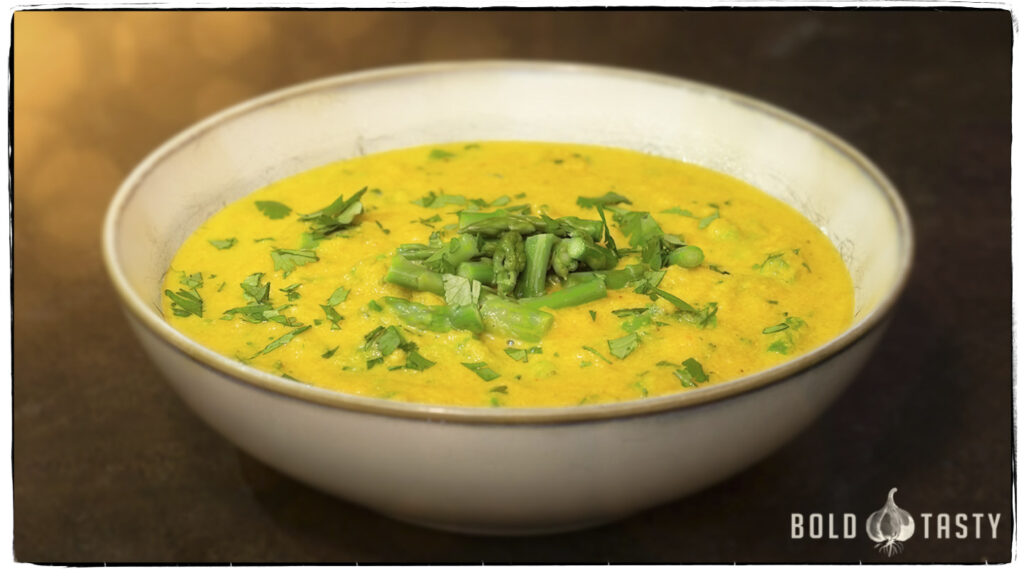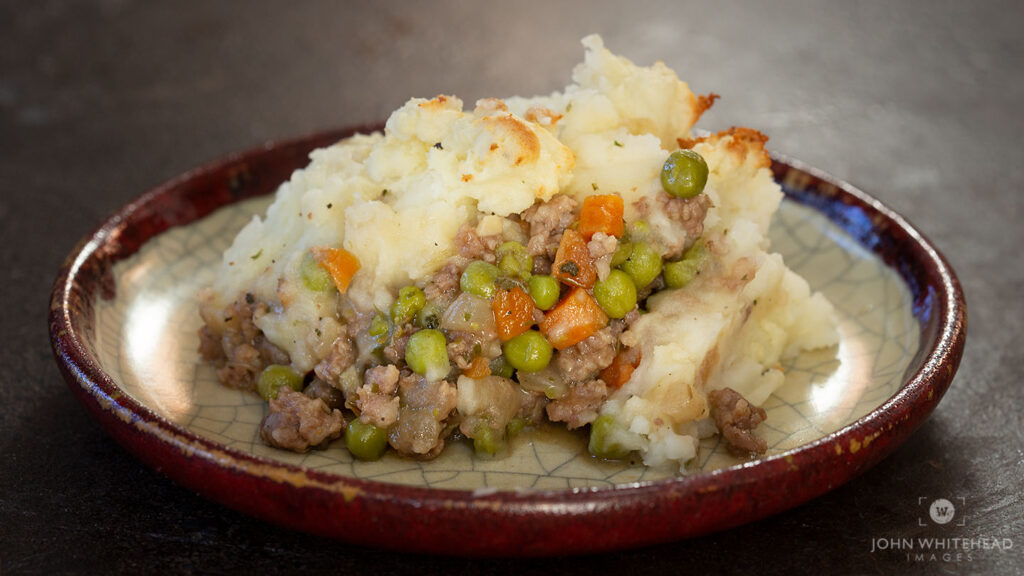IRISH/ENGLISH RECIPES
Zesty Thai Curry Carrot and Asparagus Soup – A Fusion of Flavor!
Zesty Thai Curry Carrot and Asparagus Soup – A Fusion of Flavor! Zesty Thai Curry…
This twist on shepherd’s pie is so irresistible, you’ll never want to go back to the original recipe!
This twist on shepherd’s pie is so irresistible, you’ll never want to go back to…
Irish/English Food
The history of Irish/English recipes are a rich narrative of survival, adaptation, and cultural exchange. Both culinary traditions have evolved over centuries, shaped by geography, agricultural practices, and historical events. From hearty stews to elaborate roasts, the food of Ireland and England reflects a deep connection to the land and a long history of resilience.
The Origins of Irish Cuisine
Irish cuisine has long been rooted in simplicity and sustenance. For centuries, the diet of the Irish was heavily reliant on dairy, grains, and vegetables, particularly root vegetables like carrots, turnips, and parsnips. Early Irish cooking made use of what was readily available, such as wild game, fish, and seaweed from the abundant coastlines.
The introduction of the potato in the late 16th century, brought to Ireland by English settlers, revolutionized Irish cooking. The potato quickly became a staple crop, and by the 18th century, it was the primary food source for much of the population, particularly among the rural poor. Potatoes were versatile, easy to grow, and rich in nutrients, making them a perfect base for traditional dishes like boxty (a type of potato pancake) and colcannon (mashed potatoes mixed with cabbage or kale).
However, this reliance on the potato led to devastating consequences during the Great Irish Famine (1845–1852), when a potato blight wiped out crops across the country. The famine resulted in mass starvation and emigration, but it also had a lasting influence on Irish cuisine. Afterward, traditional dishes centered on meat and dairy became more common, such as Irish stew (made with lamb or mutton, potatoes, and root vegetables) and soda bread, a quick bread made with baking soda instead of yeast.
The Origins of English Cuisine
English cuisine has similarly evolved from humble beginnings, drawing heavily on what could be grown and raised on the British Isles. Early English cooking was centered around grains, with bread serving as a fundamental part of the diet. Meat, particularly beef and lamb, was also a staple, while vegetables like leeks, onions, and beans played a supporting role.
In medieval times, English cuisine was known for its use of elaborate spices and complex dishes, particularly in the courts of the aristocracy. The advent of the spice trade introduced ingredients like cinnamon, nutmeg, and cloves, which were used to flavor meat dishes and pies. Dishes like meat pies and roasts became cornerstones of English food, often accompanied by rich sauces or gravies.
Over time, the cuisine of England became more refined, focusing on the art of roasting meats and using fresh, local ingredients. Yorkshire pudding and roast beef became classic Sunday meals, and the rise of tea culture in the 17th century brought about the tradition of afternoon tea, where delicate sandwiches, scones, and cakes were served alongside cups of tea.
Shared Influences and Cultural Exchange
The histories of Irish and English food are deeply intertwined due to their geographical proximity and centuries of political union. English settlers in Ireland brought with them certain culinary traditions, including the widespread cultivation of potatoes and grains. Irish immigrants to England also influenced English cuisine, particularly in industrial cities where Irish communities formed and brought their foodways with them.
Both cuisines also share a history of colonial and international influences. The British Empire’s global reach introduced new ingredients, such as tea, sugar, spices, and curries, which were incorporated into English cuisine. Today, dishes like fish and chips and curry are as much a part of modern British cuisine as roast dinners. Similarly, Irish food has absorbed flavors from abroad, with modern Irish chefs using local ingredients in creative ways that reflect global culinary trends.
Contemporary Irish/English Recipes
Today, both Irish and English cuisines are undergoing a renaissance. The farm-to-table movement and a renewed interest in local, sustainable ingredients have elevated traditional dishes. In Ireland, artisanal cheeses, grass-fed meats, and seafood are showcased in gourmet dishes that honor the country’s rich agricultural heritage. Meanwhile, in England, chefs are reimagining classic fare like shepherd’s pie and toad in the hole, adding modern twists and fresh ingredients.
In both countries, the past continues to inform the present. Traditional dishes remain beloved, with meals like the English full breakfast or Irish soda bread still holding a central place in everyday life. The fusion of old and new in Irish and English food reflects a dynamic culinary history that continues to evolve, offering both comfort and innovation to those who enjoy it.


